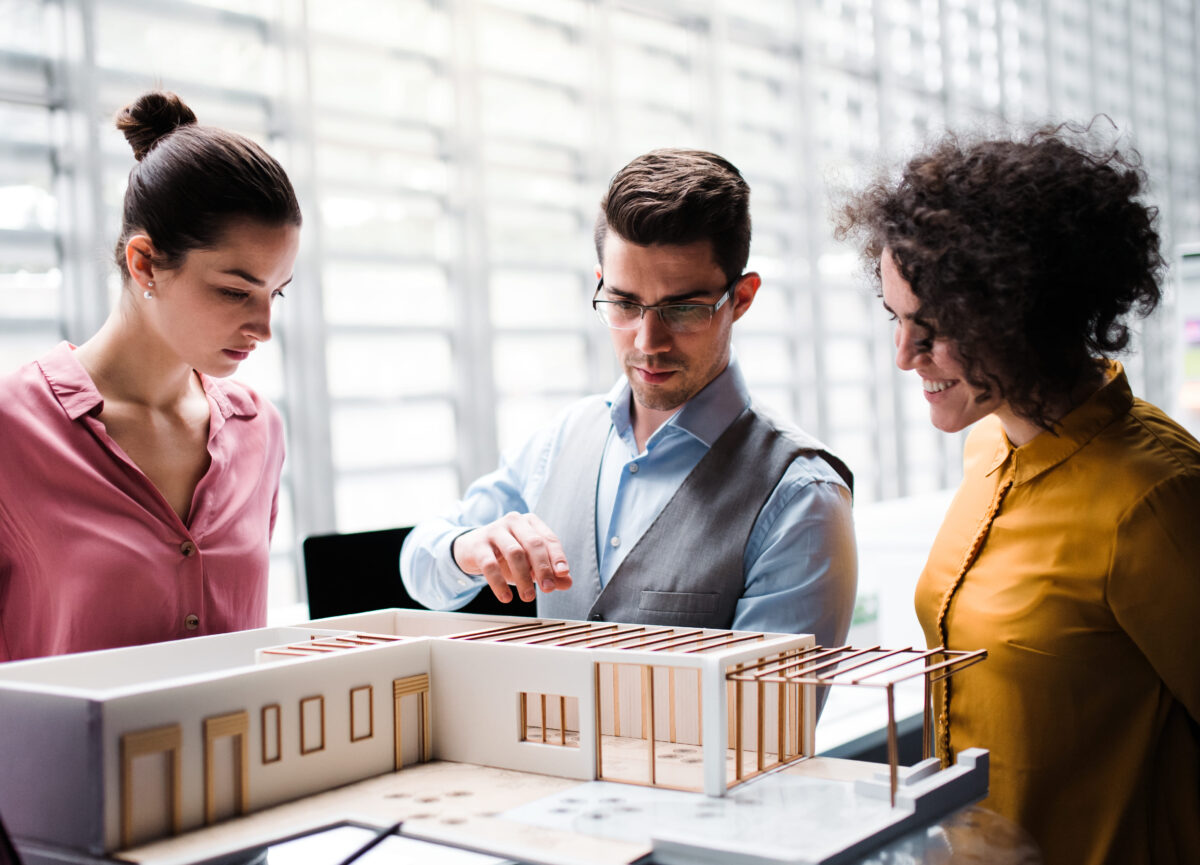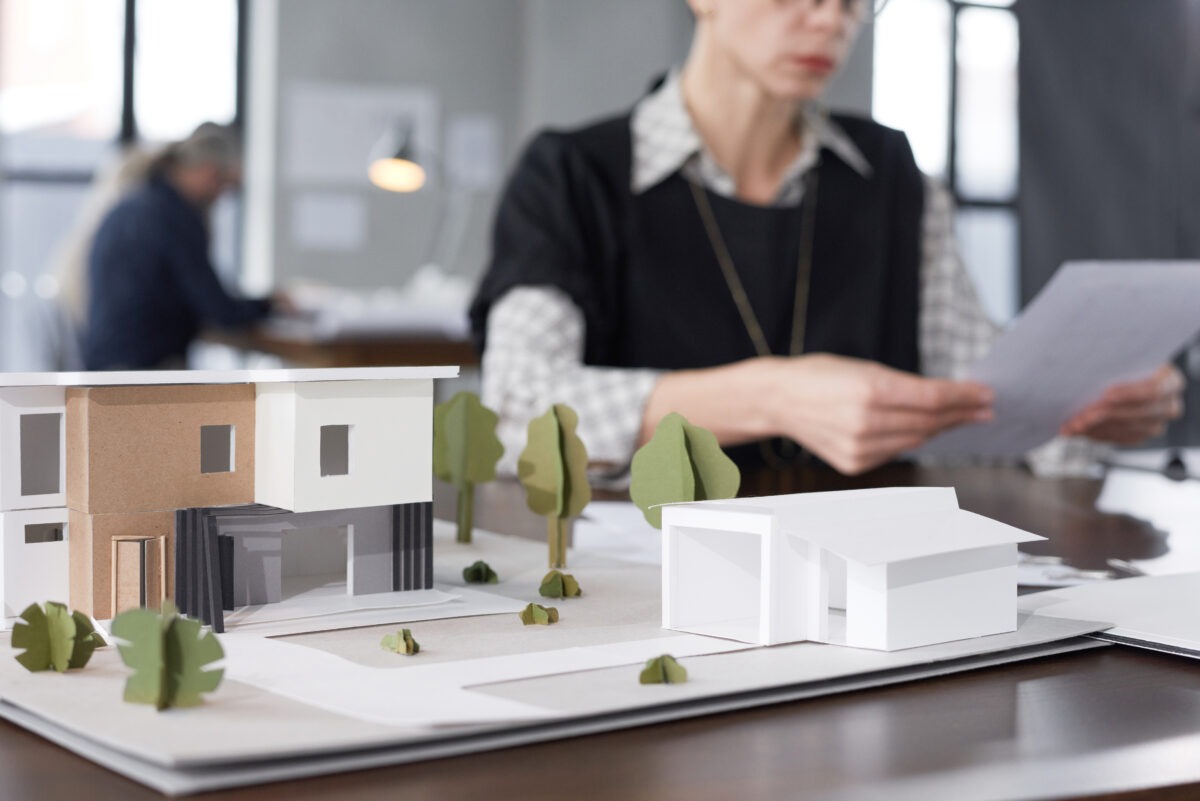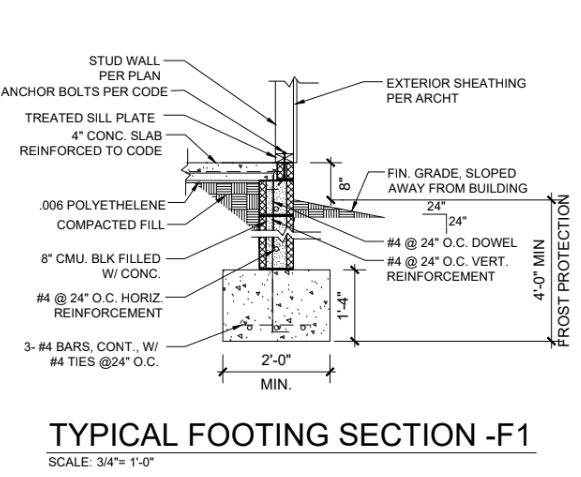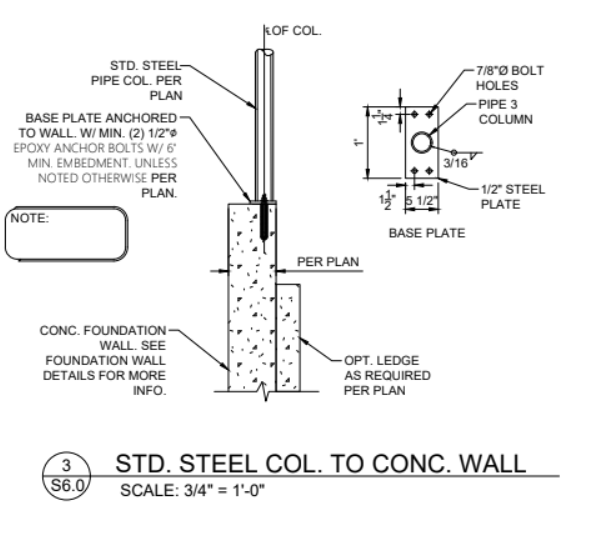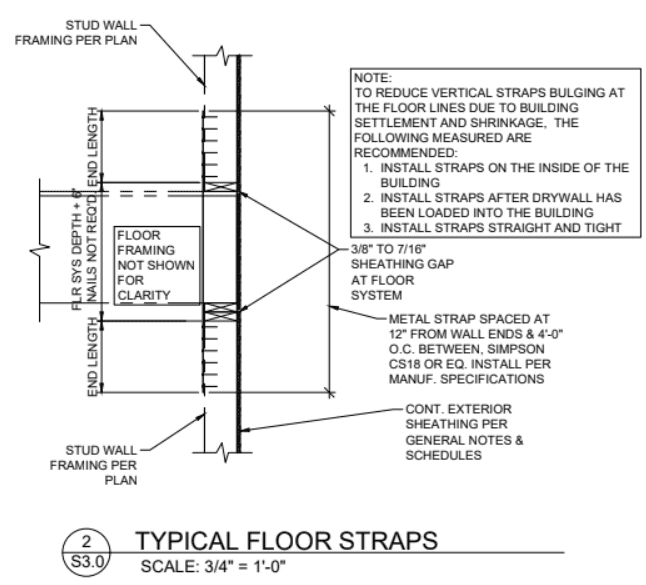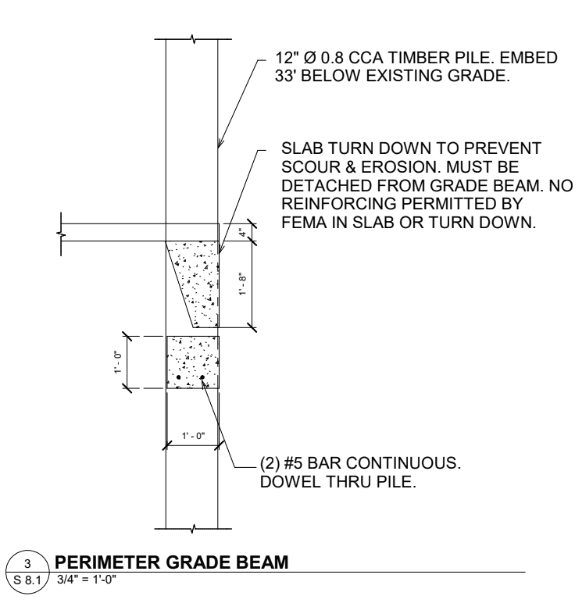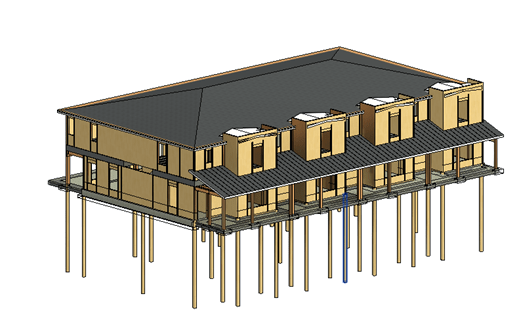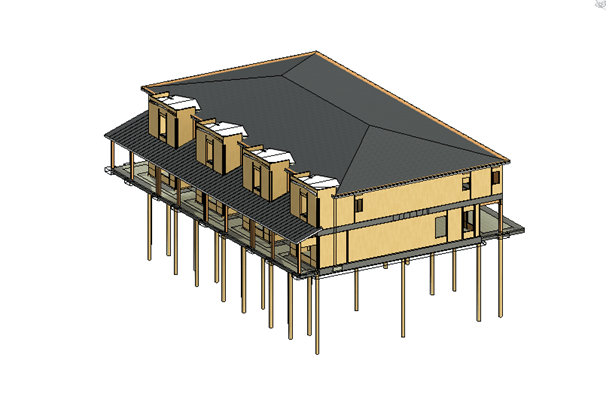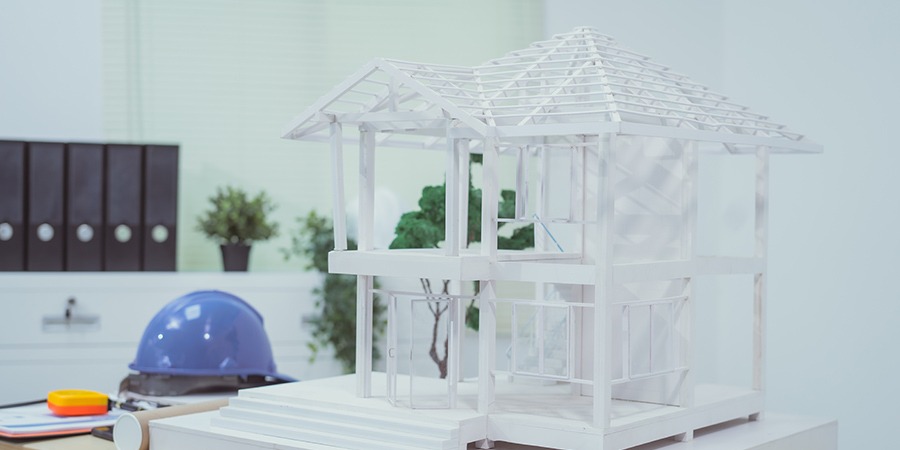As a structural engineering designer, how much are you aware of the particular carbon emissions from each of your projects? With sustainability becoming increasingly important every day, it is high time every structural designer contemplates this aspect.
The construction industry is responsible for about 40% of global carbon emissions. Embodies carbon attributes to approximately 11% of that share. Well, embodied carbon in the built environment refers to emissions from material extraction, manufacturing, and construction.
Do you know that your upcoming project can reduce carbon emissions equivalent to removing 550 cars from the road annually? Honestly, this is not just wishful thinking; it has been made possible by the 443 West mass timber project in New York. The project used the mass timber method and carbon sequestration. In short, this is the documented outcome of meticulous structural design choices that emphasize embodied carbon reduction.
We all know that in the U.S., infrastructure renewal and commercial development are gaining traction. As a result, structural engineering designers are facing increasing pressure to design better, cleaner, smarter, and leaner buildings.
Always remember that reducing embodied carbon in structural systems is about more than environmental responsibility. Instead, AEC firms can now convert it into a strategic edge to better compete in a sustainability-focused market.
Decoding Embodied Carbon in Contemporary Structural Design
Simply put, embodied carbon is the total greenhouse gas emissions associated with the entire lifecycle of building materials. It involves their extraction, processing, transportation, fabrication, and end-of-life disposition.
As for commercial and infrastructure projects, the structural frame itself accounts for a significant amount of overall embodied carbon. This is even more prevalent when concrete and steel dominate the design.
These days, structural design practices focus more on early-stage carbon accounting, aided by Life Cycle Assessment tools. These digitized evaluations measure embodied emissions for every single material and assembly. This facilitates engineers in comparing design choices and opting for low-carbon pathways ahead of construction.
This preemptive approach goes beyond just aligning with decarbonization objectives under initiatives such as the Buy Clean California Act. It provides AEC firms with an advantage in bidding for federally funded sustainable projects.
A Closer Look at Material Carbon Intensity
The very first thing that lays the foundation of embodied carbon reduction is material selection. Every structural material comes with a different carbon footprint. Steel manufacturing generates about 2.2 kg CO₂ per kilogram of material. This is primarily because of energy-intensive blast furnace processes.
On the other hand, conventional concrete results in significant emissions through Portland cement. This hydraulic cement type has a high level of embodied carbon. However, timber structures signify a different profile altogether. On average, timber frames produce approximately 119 kgCO₂e/m². In contrast, concrete frames emit around 185 kgCO₂e/m² over their lifespans, and steel frames nearly 228 kgCO₂e/m².
It is essential to acknowledge that material comparisons uncover crucial nuances that go beyond simple carbon factors. Compared with timber frames with identical configurations, concrete frames weigh almost five times as much. Besides, their weight is approximately 50% more than that of steel frames. This mass distinction has a notable impact on the foundation requirements, construction equipment specifications, and transportation emissions.
So, what are the alternatives? One is steel structures produced using Electric Arc Furnace methods with recycled content. This procedure can reduce CO₂ emissions to a great extent. Note that one ton of recycled steel can save around 1.4 tons of iron ore and 1.67 tons of carbon dioxide. Reusing structural steel sections delivers even more benefits, obtaining a 60-83% greenhouse gas emission cutback compared to recycling.
Boosting Structural Efficiency Through Design
Undoubtedly, structural efficiency has a direct connection to carbon reduction. While designers may sometimes ignore it, the most straightforward design approach seldom yields the lowest embodied carbon output.
Evidence indicates that efficient structural design can minimize material quantities without compromising performance and safety. In this regard, it is vital to mention that grid span optimization exemplifies a quantifiable impact. Research indicates that residential flat slabs can easily attain the lowest embodied carbon intensity at 139 kgCO₂/m² within 7.5 x 7.5-meter grids. Commercial buildings achieve optimal performance at similar dimensions, producing 141 kgCO₂/m².
When it comes to span-reduction tactics, cautious evaluation should be conducted across different materials. Shorter spans result in up to 40% reductions in expenses and 35% in embodied carbon. Additionally, concrete structures seem more sensitive to span changes than steel. This sensitivity implies that optimizing span in concrete projects delivers relatively superior carbon savings as opposed to equal reductions in steel spans.
Member depth optimization is another key component. It serves as another efficiency lever. Increasing structural depth results in smaller cross-sections, reducing material use. Nevertheless, when member depths are increased, they affect columns and building envelope dimensions. Post-tensioned concrete floor systems illustrate this harmony in a more effective manner.
Low-Carbon Material Specification Strategies
Structural engineering designers need to understand that concrete mixture optimization results in instant carbon reduction opportunities. The Ground Granulated Blast Furnace Slag process has the potential to curtail the carbon footprint of concrete to a large extent. Therefore, using one ton of GGBS rather than Portland cement can lower embodied CO₂ by around 650 kg. Another effective alternative material is fly ash. However, its availability is a matter of concern and varies by region.
Defining low-carbon substitutes needs consideration of numerous aspects, involving:
- GGBS substitution of up to 50% helps cut emissions without sacrificing material strength.
- Fly ash combined with GGBS enhances both mechanical properties and carbon performance.
- Regional sourcing lessens transportation emissions drastically.
- Manufacturer Environmental Product Declarations provide authenticated carbon data.
- Availability of the material influences project scheduling and procurement practices.
The choice of steel type can make a big difference in a project’s carbon footprint. XCarb RRP steel, produced using 75% recycled content with the help of renewable energy electric arc furnaces, ensures up to a 70% reduction in carbon footprint compared to conventional steel. This resonates with an almost 20% decrease in overall global warming potential when substituting traditional steel throughout a project.
Using Digital Tools for Carbon Assessment
Without taking advantage of digital tools, lowering embodied carbon in structural design becomes more complex and challenging, especially concerning carbon assessment.
In this context, BIM integration is indispensable. It simplifies embodied carbon assessment during the design stage. Automated carbon calculation by explicitly extracting material quantities from models is the most significant benefit of BIM-integrated lifecycle assessment. This automation can boost assessment accuracy by 91%, according to recent studies. Moreover, instant carbon feedback allows design professionals to assess material and system alternatives rapidly.
Cutting-edge digital workflows uphold carbon reduction through:
- Component-level carbon monitoring helps detect emission hotspots.
- Parametric analysis recognizes optimal structural system decisions.
- Comparing design iterations quantifies carbon impacts.
- Initial-stage decision assistance when change-related costs are lowest.
- Coordination between structural and architectural optimization.
Keep in mind that generative design further boosts optimization. These tools are proficient in evaluating thousands of structural configurations against numerous objectives, such as cost, carbon intensity, and constructability. The outcome shows that structural material quantities do not scale linearly. What happens is that building size, loads, and construction methods establish complex interactions that computational tools handle effectively.
Designing for End-of-Life Carbon Management
The chosen design immensely influences a building’s adaptability, lifespan, and overall carbon performance. The utilization of deconstruction-friendly methods, like bolted rather than welded connections, facilitates the recovery and reuse of materials such as steel beams.
Timber buildings add additional layers of sustainability. This is because wood stores a large amount of carbon throughout its life. Still, how timber is managed at the end of a building’s life (via reuse, decay, or burning) actually determines whether that carbon stays stored or is emitted back into the environment.
Conclusion
The above exploration reveals that, to achieve meaningful embodied carbon reductions in structural design, an AEC firm requires expertise in material optimization, structural efficiency, and cutting-edge assessment tools.
The design team would also need technical proficiency to assess the project’s carbon implications. It is also crucial to ensure that the team doesn’t compromise on maintaining code compliance and structural performance. The firm should also focus on effective collaboration between engineers, architects, and specialized structural design consultants. These measures would facilitate the seamless integration of carbon considerations with other project objectives.
Uppteam is a trusted provider of structural design services with the necessary expertise to incorporate highly potent strategies for embodied carbon reduction. Our team blends structural engineering knowledge with an emphasis on sustainability to develop code-compliant designs that diminish project carbon footprints.
By cautiously selecting materials, ensuring structural optimization, and applying advanced 3D modeling expertise, Uppteam aids clients in navigating the complexities of low-carbon structural design. Our proven remote solutions enable superior collaboration while allowing access to experts skilled in modern carbon assessment methodologies and sustainable design practices.


















